

Are you making weeding mistakes when you're tidying up your garden? Unless you take a very laissez-faire approach to gardening, at least some of your time managing your plot will be spent controlling weeds.
Even if you love the look of a bold dandelion, or my (and the bees') favorite purple toadflax, they aren't always welcome where they grow, and thus weeding is a demand in any outdoor space.
But there are a number of common weeding mistakes the average gardener is making. From not fully removing the weed, to not using the best gardening tools for the job, you could be making a weed problem, well, more of a problem.
We spoke to garden experts and drew on our own experience managing weeds to find out how to avoid these mistakes for good, leaving your garden borders and patios looking much tidier.
1. Timing your weeding badly
Jonathan Race, Head Gardener, at The Tawny Hotel says, 'When it comes to weeding, timing is everything. Get to a weed before it flowers and sets seed, and you save yourself a whole world of trouble.'
This is because not only does a flowering or seeding weed have a more established root system, picking a weed in seed means you spread those seeds, exacerbating the problem.
He continues, saying that, 'Little and often is the key,' and we agree. If you pluck weed saplings here and there as you spot them, you save yourself a big job on the weekend. Try tackling weeds on demand when you water your plants in the morning or evening.
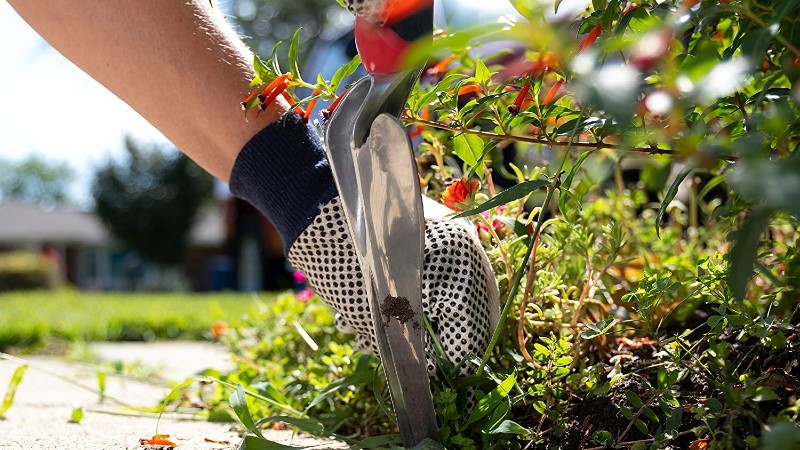
This hand weeder from Radius Garden on Amazon is great for getting through tough, compacted roots
2. Using the wrong tools
Using the wrong tools will mean you don't get rid of the weed and have to deal with it again later in the season. Young weeds can be pulled by hand, but for a bed of young weeds, save your back by using a hoe. Skim the surface to uproot them – if you do this on a sunny day, they will wither and die before being able to re-root themselves.
For anything more established you will need a hand fork, and for really big weeds a garden fork or spade will be the only thing to remove the whole root system.
3. Throwing weeds away
Think carefully about how you dispose of the plants you weed. Jules Giuliano, lead soil researcher at Rosy Soil says: 'Use those weeds in a compost pile or use the weeds (seed-free ones only) as a mulch layer for your plants.'
Discarded weeds offer you the chance to put their goodness back into the soil – a great hack if you are trying to garden organically. Just make sure the weeds are not invasive species like Japanese knotweed that need disposing of properly to avoid spreading.
4. Leaving the roots in
On that note, eradicating the root is key to preventing regrowth.
'The big mistake when it comes to more substantial weeds is leaving the roots in. Get the root out and you weed it once. Snap the head off and it will most likely be there again next week! It might be quicker to just mow over it, or pull the stalk off, but it’s worth spending that extra bit of time,' says Race who manages gardens on a 70-acre estate.
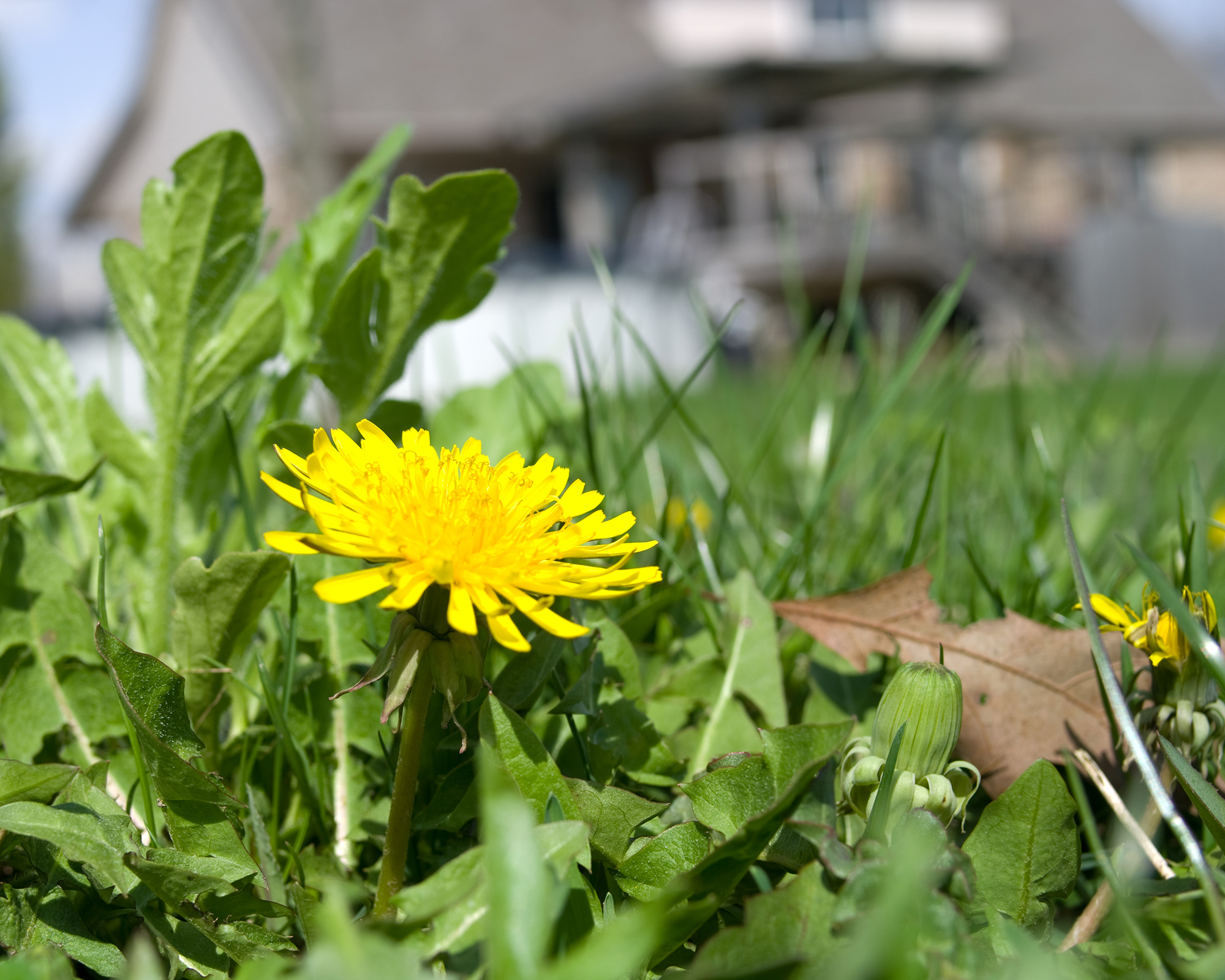
5. Pouring boiling water over weeds
I am guilty of this one. If you pour boiling water over weeds, it makes them wilt and if left on a hot day, they often dry out and perish making you think you have solved the problem.
However, this only gets rid of the visible foliage leaving a hardier root below that will return over time. So, while it might tidy your patio for a short period, it is a wasted effort with no long-term gain.
6. Not mulching
Lovers of the popular no-dig method of gardening will already know this one, but if you prepare a border and don't mulch it, weeds are guaranteed.
When asked about weeding mistakes, Race added: 'The other thing I’d say about weeds is stop digging so much and mulch your beds. Most garden soil has a bank of weed seeds. And they are just waiting for you to dig over the bed and give them all the light and space they need to get going.
'Some digging is necessary of course when you are planting all of the new plants to encourage wildlife, but once you have an established bit of garden, leave it alone and mulch. The mulch will keep the light out, and slow down weed germination, to say nothing of all the other benefits of mulching.'
These benefits include adding nutrients to the soil as the organic matter breaks down and helping the border maintain moisture – perfect for limiting your need for watering in dry spells. You can make your own mulch, buy big bags of it at your garden center, or for a cost-saving approach, use clippings after you have done the rounds with your lawn mower.
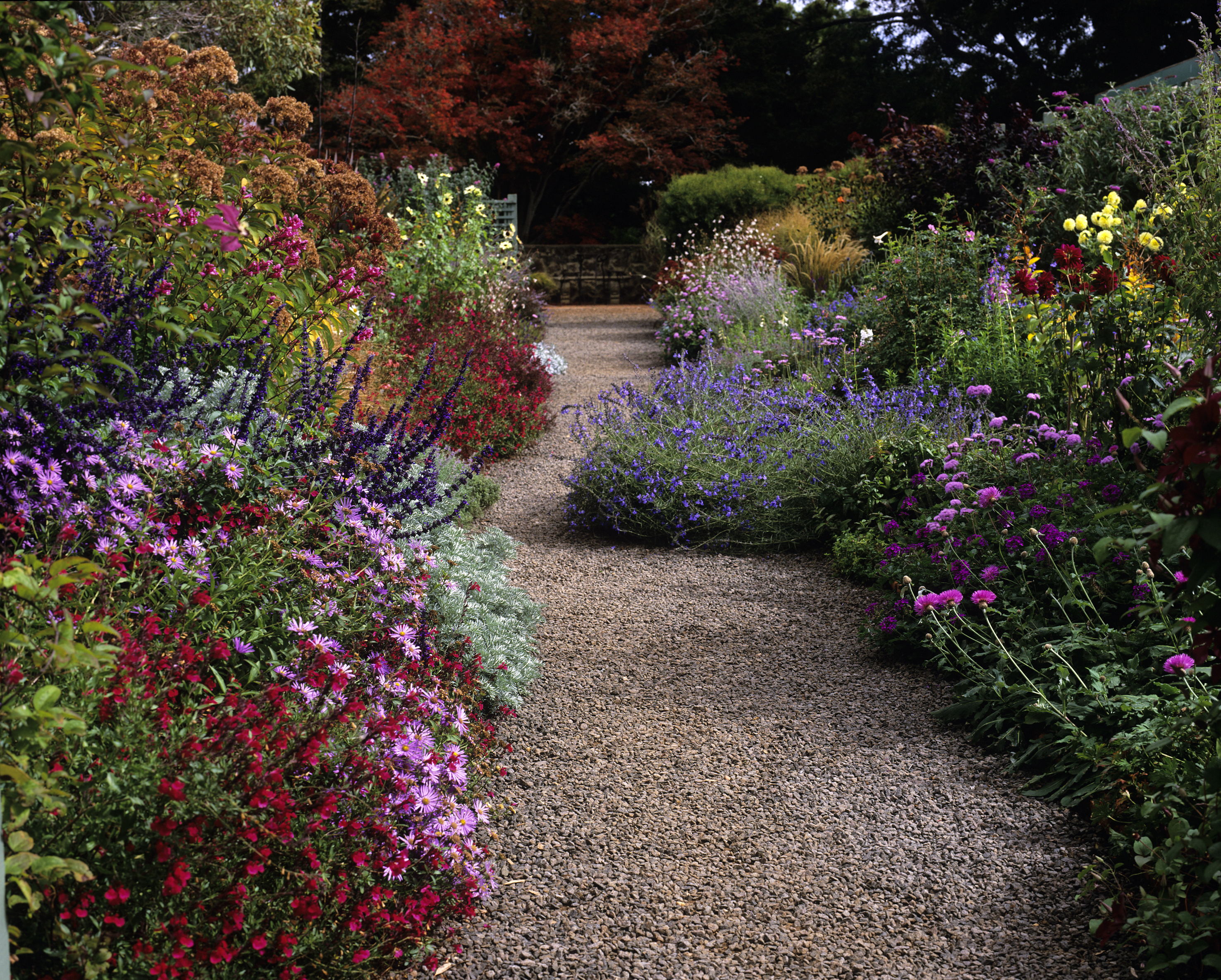
7. Being over-zealous in your approach to weeds
If you are finding weeding overwhelming, don't make the mistake of striving for a weed-free plot. For one, a weed is just a plant in the wrong place – or wrong according to you. If you can reframe your view on weeds and what a weed is, you will give yourself a much more relaxed gardening experience.
Of course, some areas like your veg patch need a good weed to prevent competition with your crops. However, look at allowing areas of your garden to grow a little wilder to limit the need for added work.
Race agrees: 'Here at The Tawny we have reduced the areas we mow, to increase the diversity in the garden and reduce the labor. But within those wilder areas, we are still hand-weeding the deep-rooted weeds that will seed and spread over time.'
A wildflower meadow is a good example of allowing what would be seen as weeds to have a little more freedom, giving you more time.
Giuliano also advocates for allowing some weed growth to maintain soil health and moisture levels: 'If the weeds aren't competing with your plants, extra plant roots aid with moisture retention and stimulate soil biology.'
8. Using weedkillers dangerously or ineffectively
We prefer finding natural ways to kill weeds, but if you do resort to herbicides over mechanical weeding methods, make sure you use them safely. Firstly, check that any old weedkiller you have is still legal. This is not just a case of the ingredients, but also the application – some ingredients like glyphosate are dangerous to pollinators so shouldn't be applied in spring and summer. Over 25 US states also have glyphosate restrictions for worries about human health.
Also, think about the surrounding plant life. It is hard to target just the weeds unless they are growing in isolation and your plants could get caught in the crossfire.
Finally, don't use a liquid product in very sunny or wet weather. It will evaporate or be washed off before it has a chance to work. And keep pets away from any areas that have been treated!
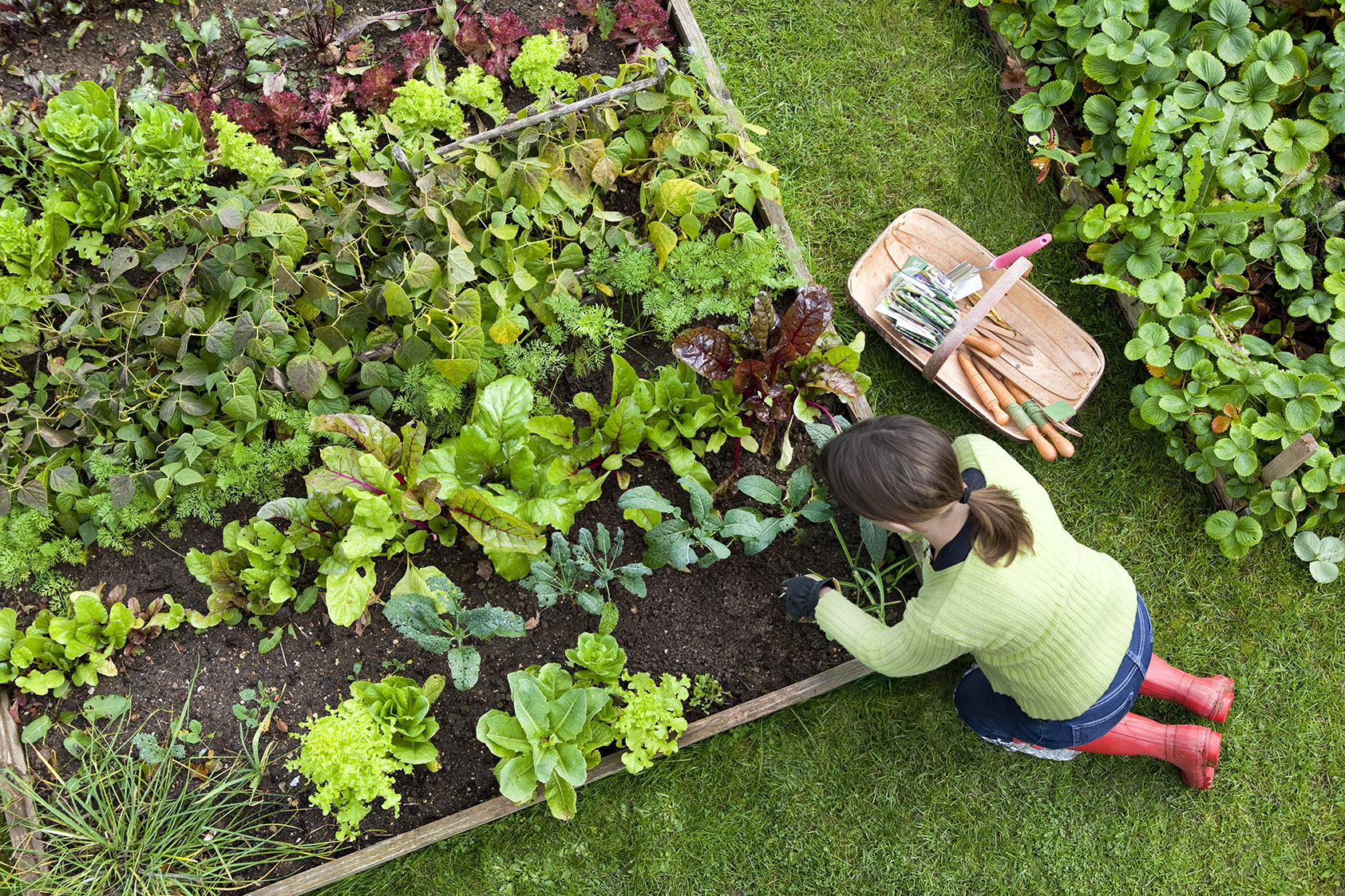
9. Not taking preventative measures to avoid weeds
Finally, if weeds are causing you repeat bother, don't fall into the trap of weeding and then failing to stop them from returning. Lay weed membrane under gravel paths and decks. Cover bare earth with a medium like wood chip or mulch that offers good drainage and suppresses weed growth. Use bolshy ground-covering plants like hostas, creeping thyme, and sedum to give the weeds little space to take hold.
This will help create a lower maintenance yard that requires less weeding in the first place.
Join our newsletter
Get small space home decor ideas, celeb inspiration, DIY tips and more, straight to your inbox!

Lindsey is Editor of Realhomes.com and Editor in Chief for Home Ecommerce at Future. She is here to give you aspirational, yet attainable ideas for your home and works with her team to help you get the best buys, too. She has written about homes and interiors for the best part of a decade for brands including Homes & Gardens, Ideal Home and Gardeningetc and isn't afraid to take the inspiration she finds at work into her own space – a Victorian terrace which she has been (slowly) remodelling for the last eight years. She is happiest sipping a cup of tea with a cat on her lap (if only she had a cat).
-
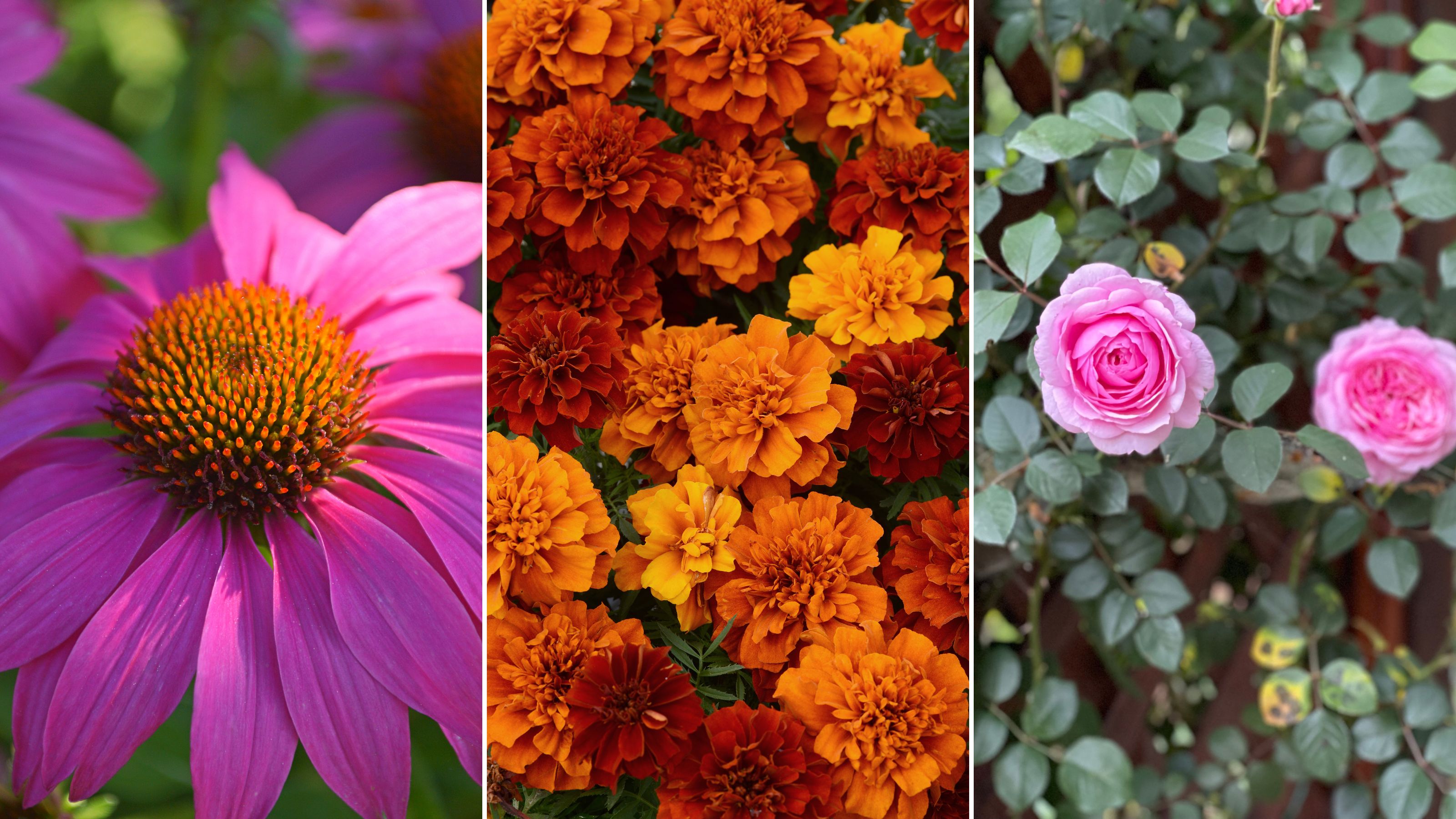 The 7 flowers to plant in August, according to gardening gurus
The 7 flowers to plant in August, according to gardening gurusKnowing what flowers to plant in August isn't always so clear-cut. But that's why we called in help from pro planters — here's what they said to pot.
By Becks Shepherd
-
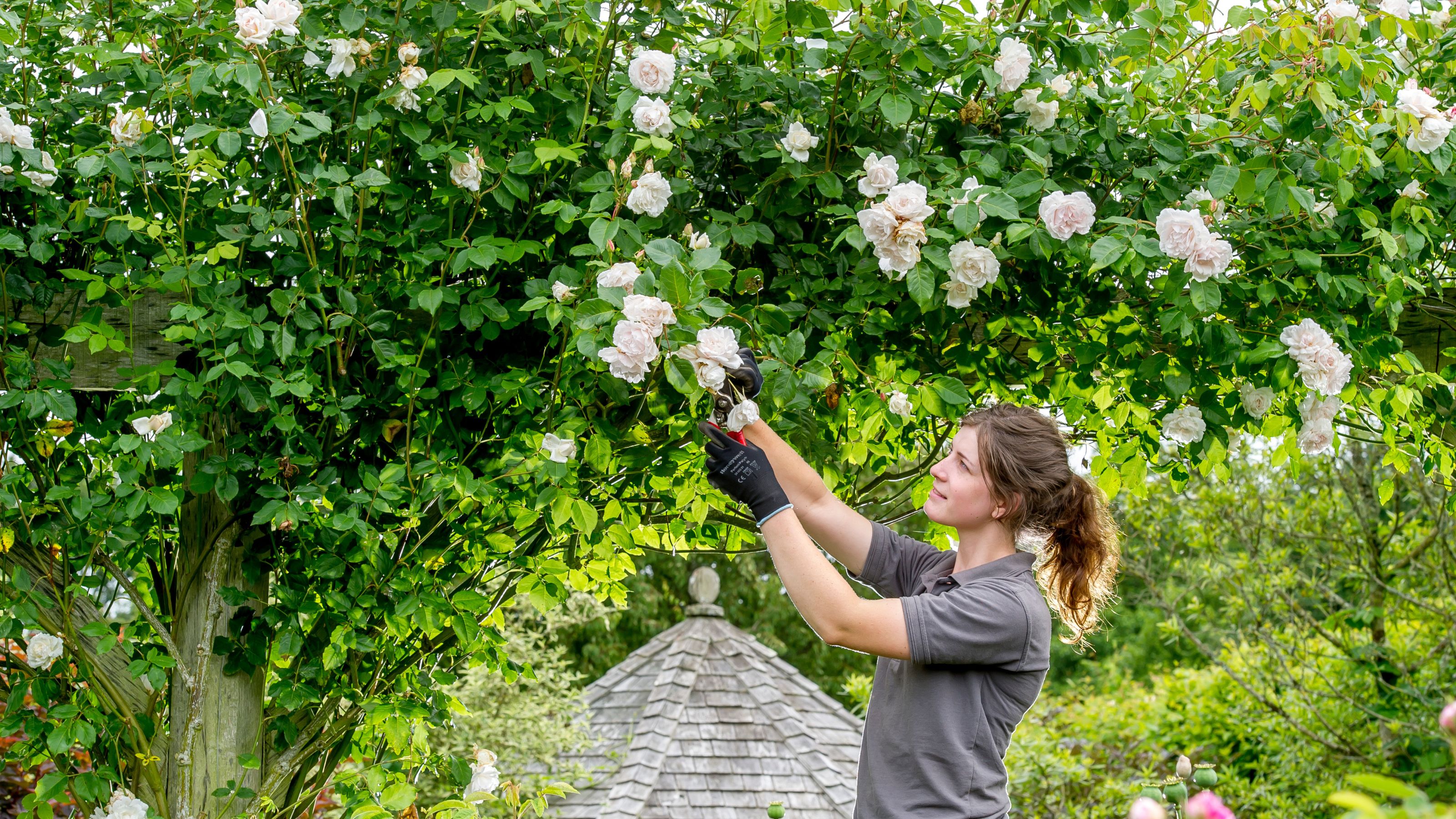 The 7 plants to prune in August — and the 2 pieces of greenery you shouldn't touch
The 7 plants to prune in August — and the 2 pieces of greenery you shouldn't touchWondering what plants to prune in August? We asked a gardening expert for their top tips plus info on what pieces of greenery to avoid pruning this month
By Becks Shepherd
-
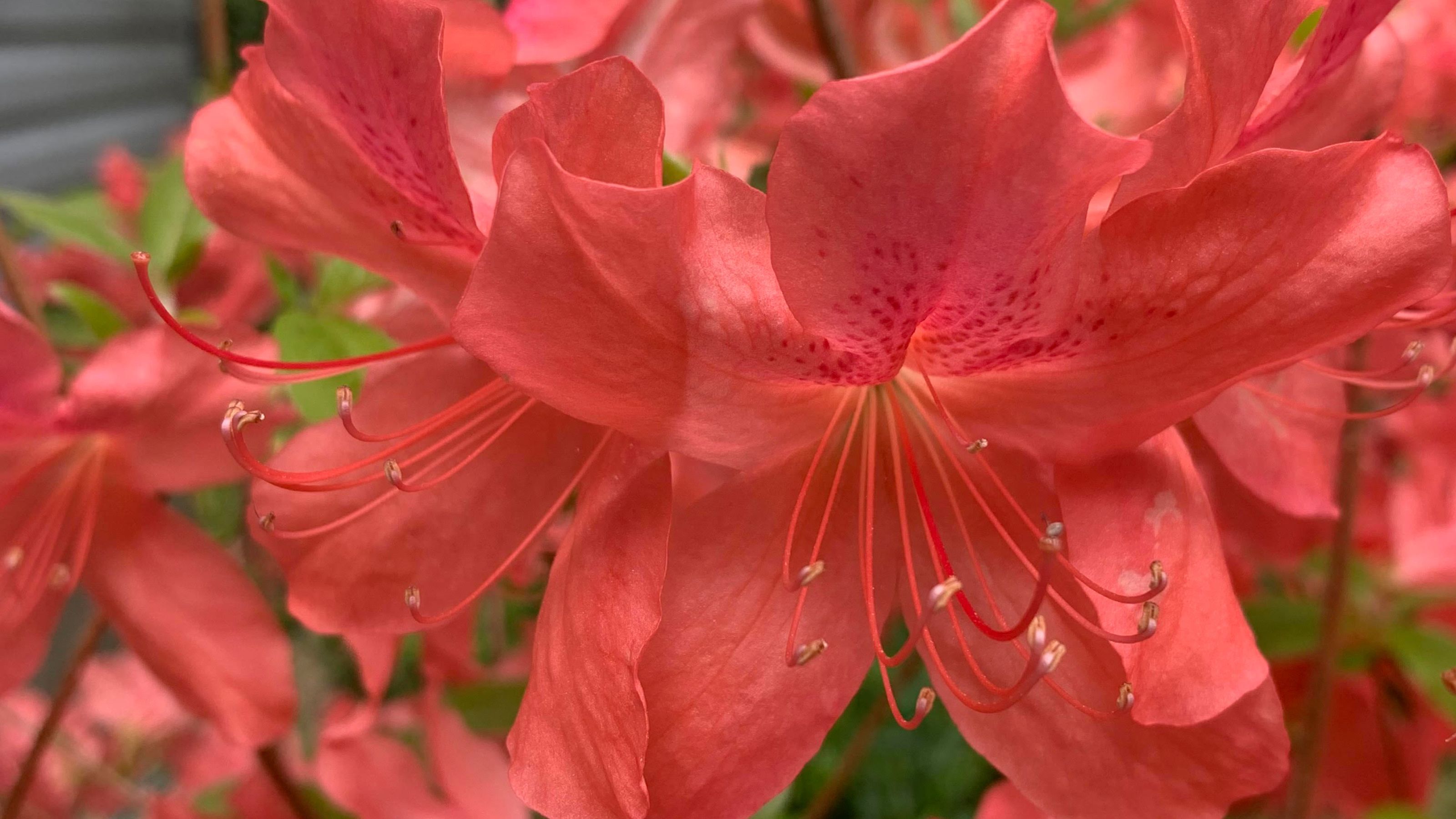 Do you need to deadhead azaleas? Top tips for pruning these flowering shrubs
Do you need to deadhead azaleas? Top tips for pruning these flowering shrubsWondering whether you need to deadhead azaleas? We asked a gardening expert for their top tips for looking after these blooms
By Becks Shepherd
-
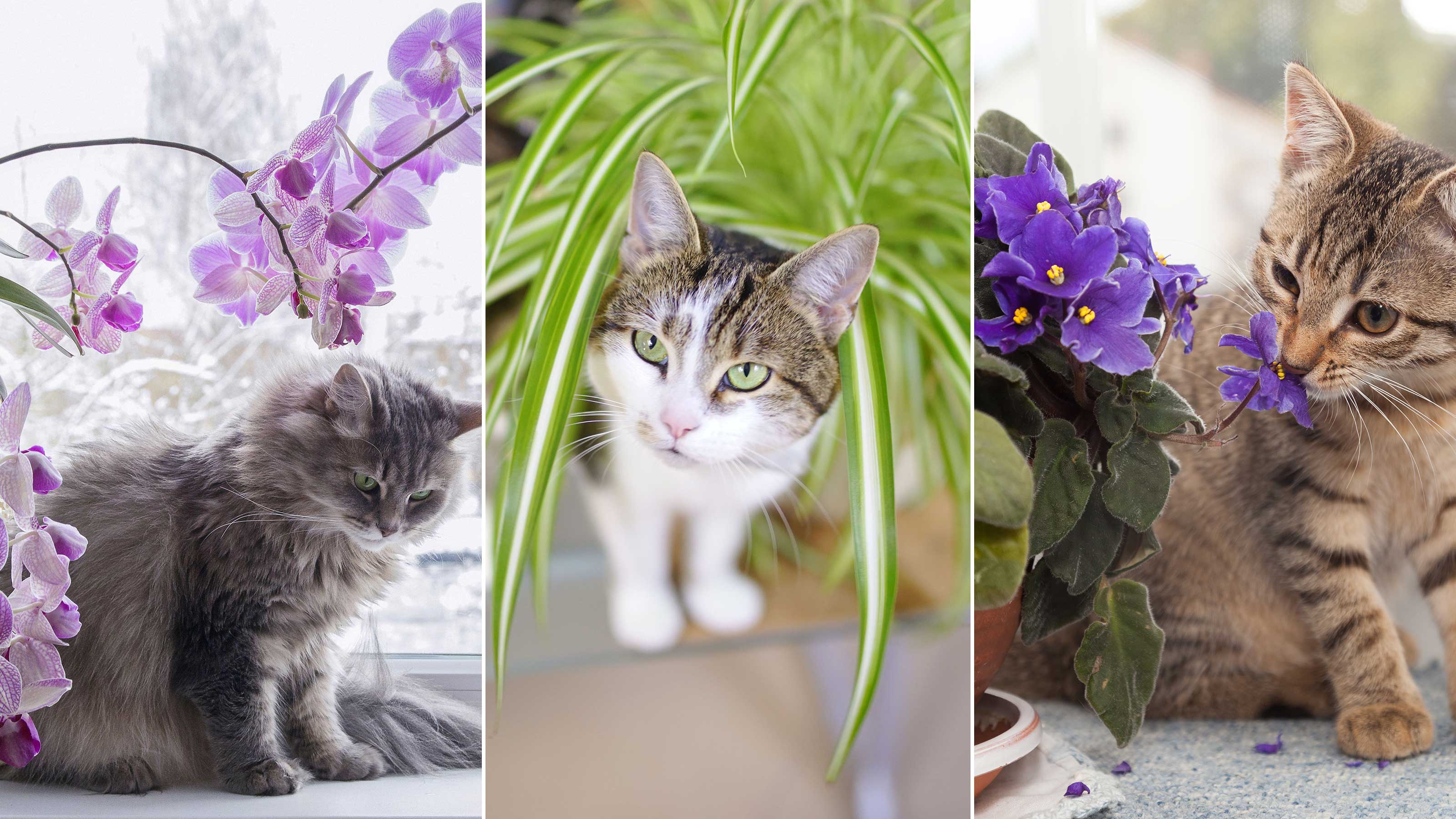 10 houseplants that are not toxic to cats — plus expert advice on keeping your pets safe
10 houseplants that are not toxic to cats — plus expert advice on keeping your pets safeKeep your four-legged companion safe by choosing these houseplants that are not toxic to cats, and learning the dangers of those that are, according to veterinary experts
By Holly Crossley
-
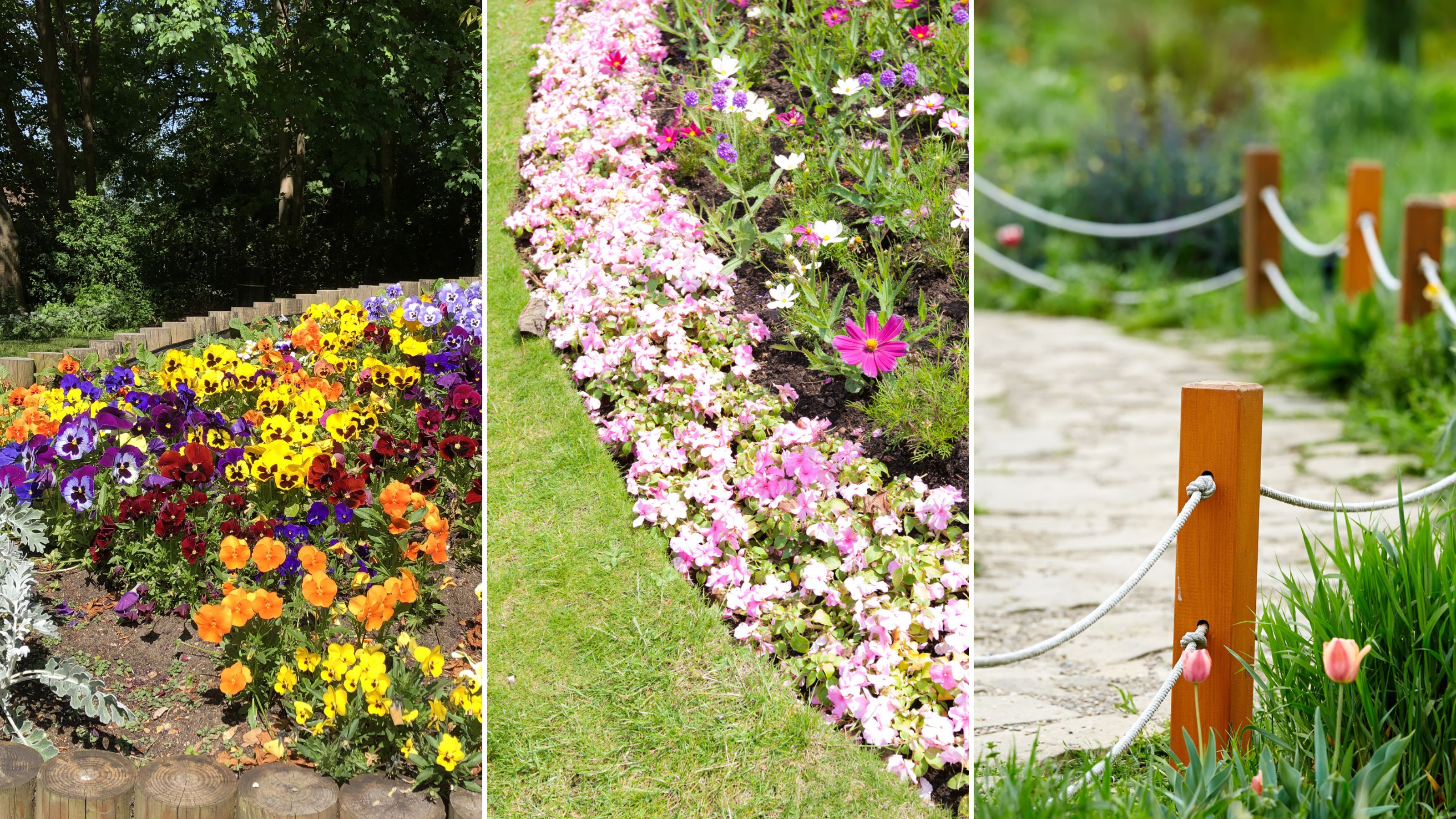 14 lawn edging ideas that will add definition and style to your backyard
14 lawn edging ideas that will add definition and style to your backyardWant to neaten up your lawn with lawn edging ideas? From fresh flowers to laidback bricks, we've scouted out materials and styles that look brilliant
By Eve Smallman
-
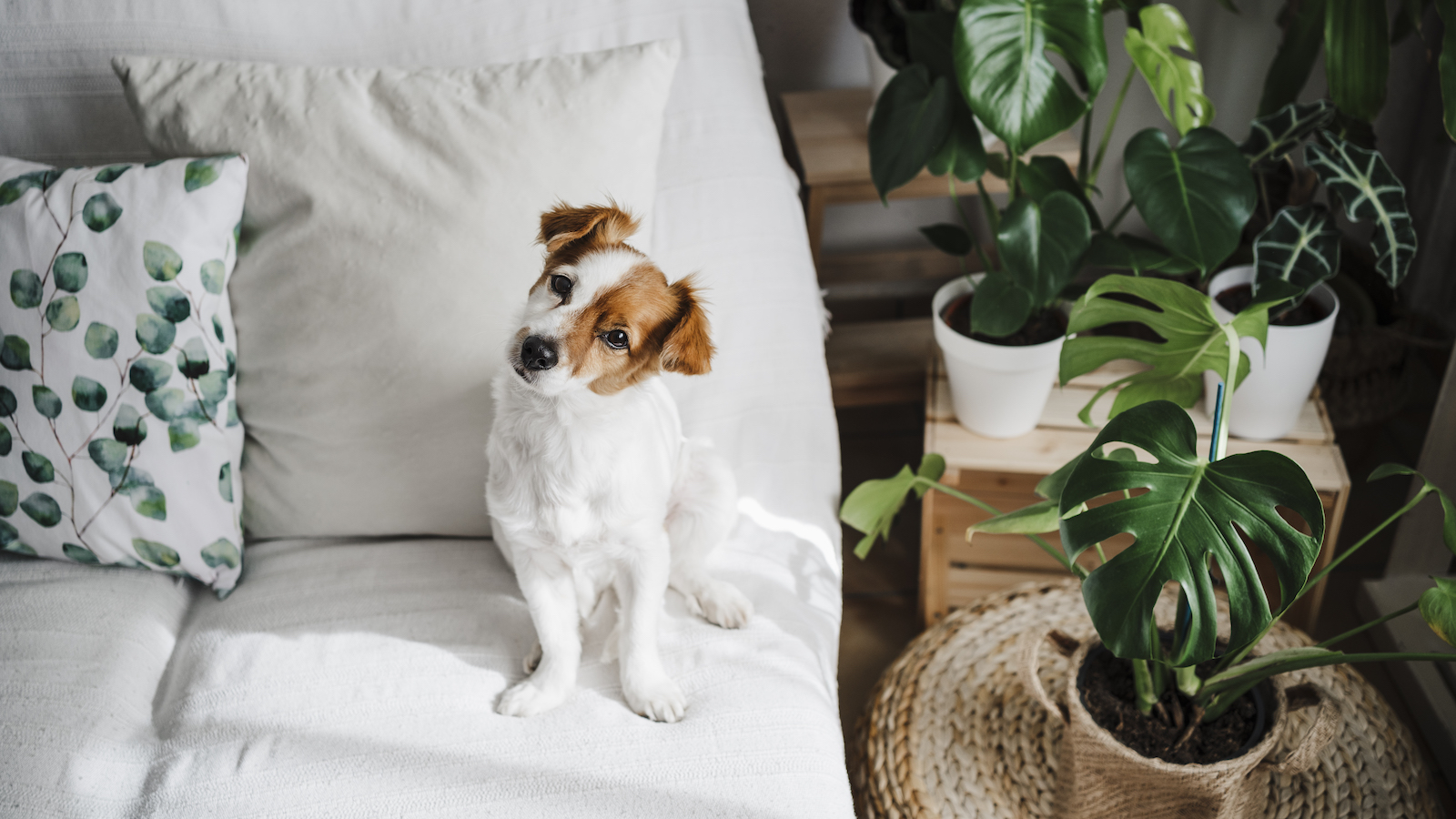 Which houseplants are toxic to dogs? Vet experts pinpoint problem plants and solutions
Which houseplants are toxic to dogs? Vet experts pinpoint problem plants and solutionsWondering Which houseplants are toxic to dogs? We spoke to vets about the problematic leafy greens, what they trigger in dogs, and how to find a solution
By Danielle Valente
-
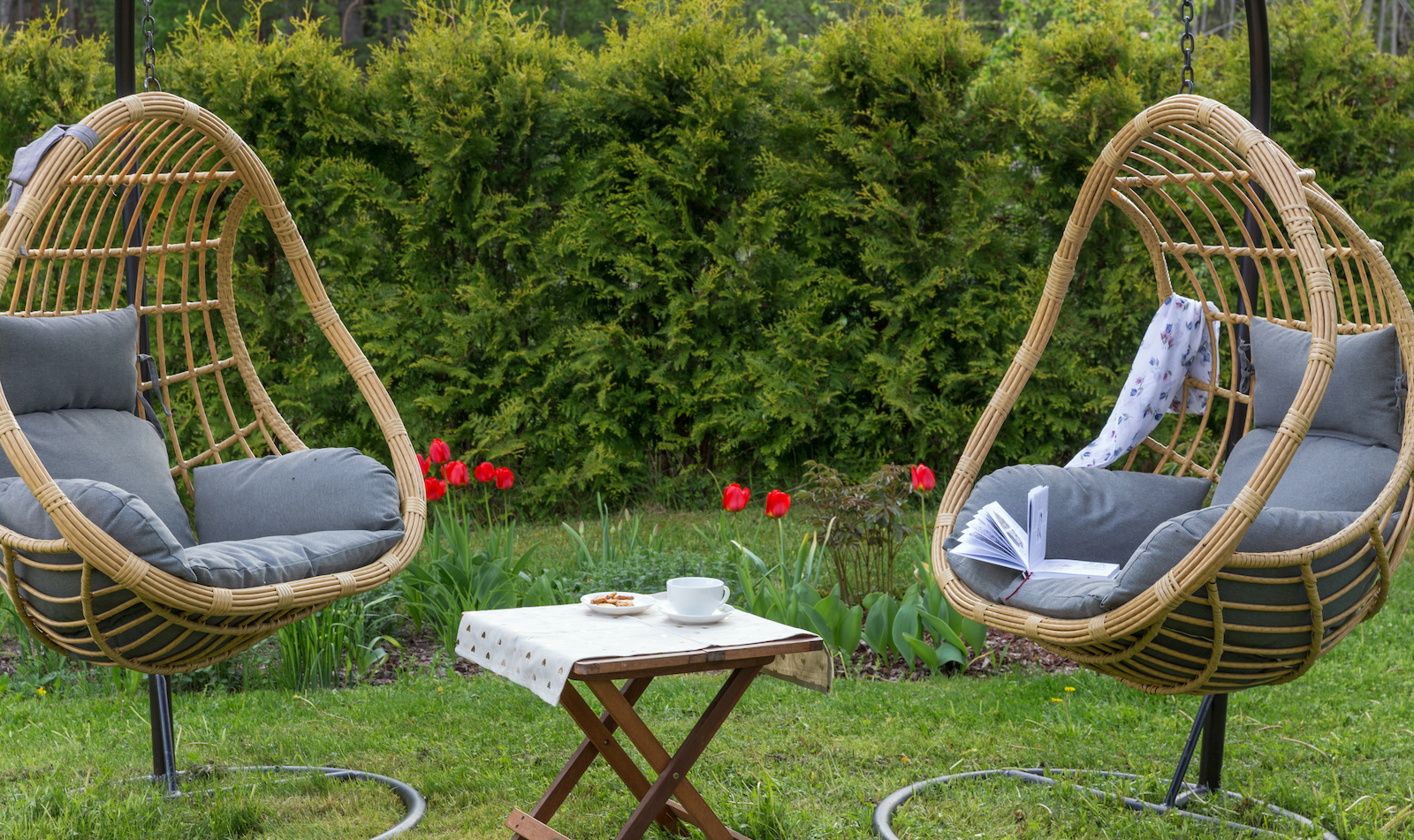 Backyard inspiration: interior designers reveal the four things you need for summer 2024, starting at just $40
Backyard inspiration: interior designers reveal the four things you need for summer 2024, starting at just $40Our edit of backyard inspiration according to interior designers will help you perfect your space for summer. Here's what the professionals are shopping this year.
By Danielle Valente
-
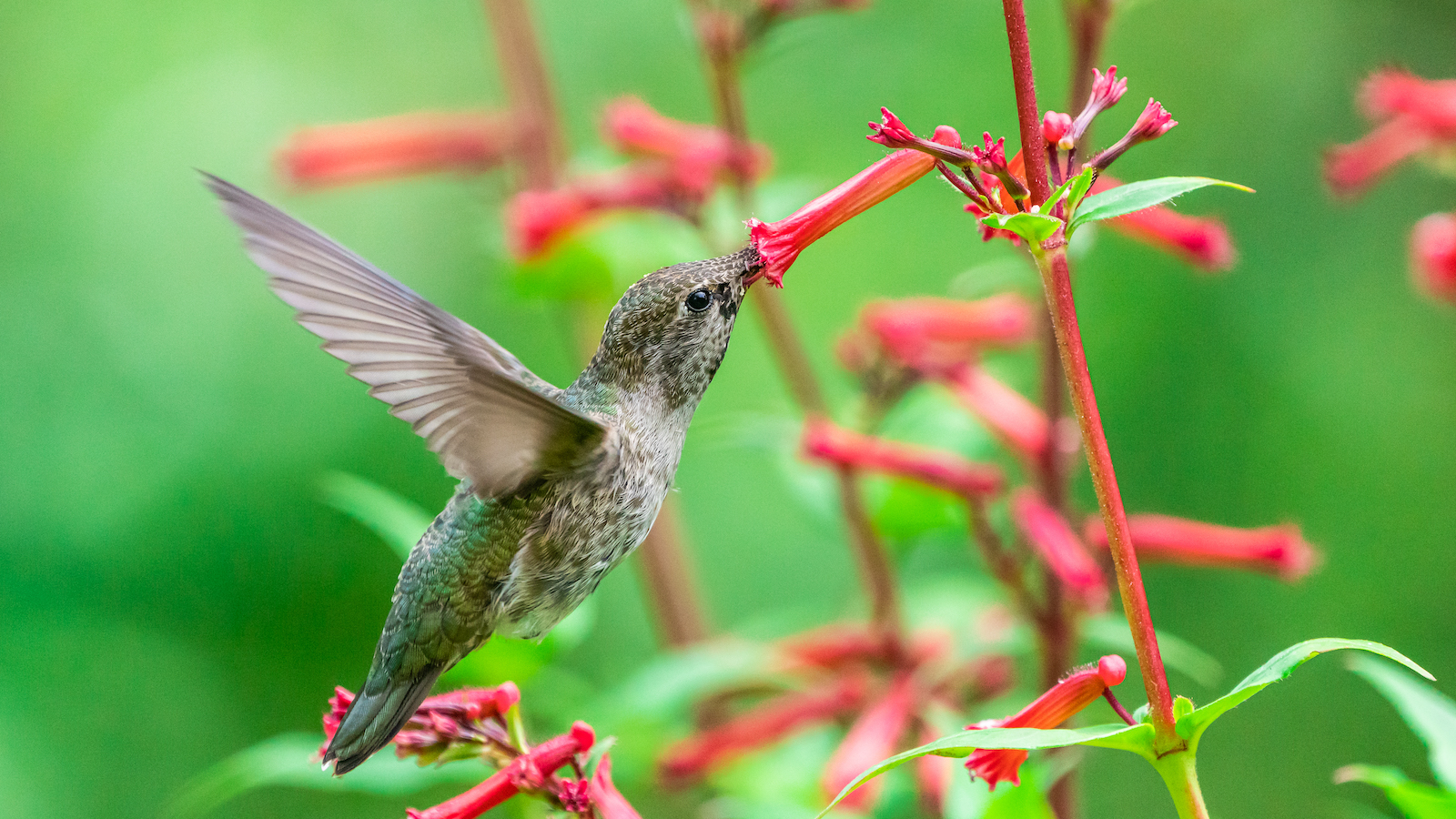 How to attract hummingbirds to your backyard, according to ornithologists
How to attract hummingbirds to your backyard, according to ornithologistsTrying to figure out How to attract hummingbirds to your backyard? These ornithologist-backed tips will guarantee you visitors in no time
By Danielle Valente